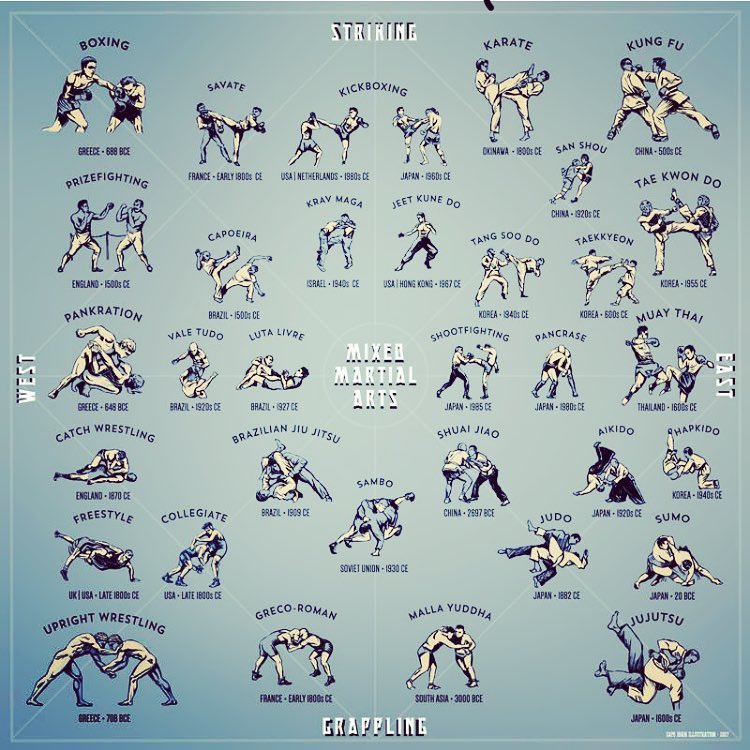The Growth And Historic Context Of Martial Arts Worldwide
The Growth And Historic Context Of Martial Arts Worldwide
Blog Article
Short Article Author-Stevenson Workman
Martial arts have a fascinating background that covers centuries and continents. You could find it intriguing exactly how ancient practices like Shuai Jiao and Kalaripayattu prepared for modern-day battle techniques. These disciplines not only emphasize physical skills but likewise show the societies that birthed them. As you explore their advancement, think about just how globalization has actually changed these typical forms into crossbreed styles. What impacts do you think have shaped today's martial arts landscape?
Ancient Martial arts: The Foundations of Combat
As you look into the world of ancient martial arts, you'll find the rich structures that shaped battle strategies across cultures. Early techniques concentrated on Self-Defense and survival, typically integrating strikes, grappling, and weapons.
In old China, for example, strategies like Shuai Jiao emphasized tosses and joint locks, while India's Kalaripayattu showcased dexterity and liquid motion. Japanese samurai established Kenjutsu, a refined swordsmanship that highlighted discipline and approach.
These martial arts served not just for battle but also as a way of personal development, instilling values like respect and determination. The mixing of these techniques with time laid the groundwork for the varied martial arts you see today, each mirroring the unique approaches and demands of its society.
The Cultural Influence on Martial Arts Development
While martial arts usually reflect the useful demands of a culture, they additionally symbolize the cultural values and beliefs of their origins. When you explore various martial arts, you'll observe just how they're influenced by faith, philosophy, and social standards.
For example, the focus on regard and discipline in Japanese martial arts stems from Zen Buddhism and samurai culture. On the other hand, Brazilian Jiu-Jitsu promotes flexibility and method, shaped by the requirement for effectiveness in a diverse, multicultural setting.
You might discover that the rituals, uniforms, and training approaches mirror an area's history and identification. By understanding martial arts schools near me , you grow your appreciation of martial arts and their function in shaping human experiences across the globe.
Modern Adaptations and the Globalization of Martial arts
Martial arts have transformed dramatically in current years, adjusting to modern society and global influences. You'll discover that standard forms have blended with modern-day strategies, developing hybrid styles like MMA. These adjustments accommodate diverse audiences, making martial arts available and enticing worldwide.
With the increase of social media and digital platforms, you can locate tutorials and competitions from all edges of the world, breaking geographical barriers. This globalization has led to a shared appreciation for various disciplines, from Brazilian Jiu-Jitsu to Taekwondo.
As you engage with these arts, you'll realize they're not just about battle; they promote physical fitness, discipline, and psychological wellness.
Eventually, modern-day adjustments have enriched the martial arts landscape, making it a dynamic and progressing method.
Verdict
In checking out the history and evolution of martial arts, you discover an interesting blend of methods, societies, and ideologies. From ancient self-controls like Shuai Jiao and Kalaripayattu to the modern-day versatility seen in mixed martial arts, martial arts show humankind's pursuit for Self-Defense and individual growth. As you engage with these techniques, you not only gain skills but also a deeper gratitude for the diverse practices that form our world today. So, proceed what martial art does the karate kid use and accept the art of combat!
